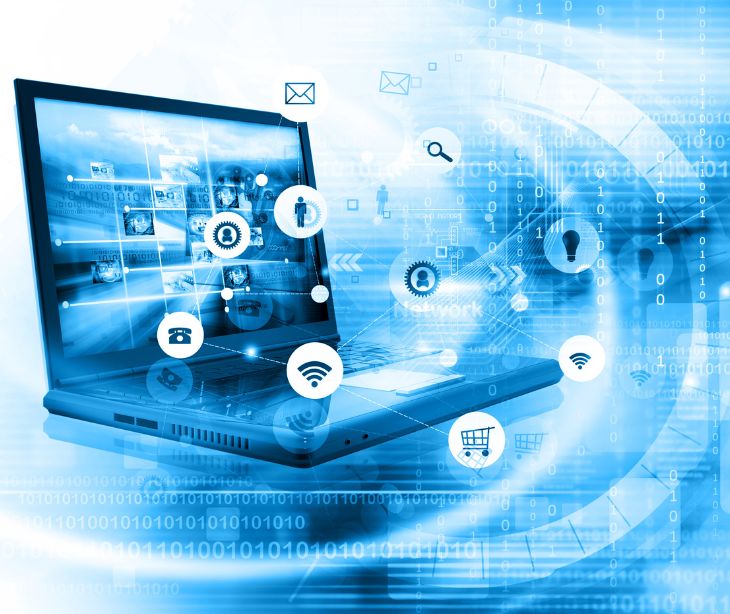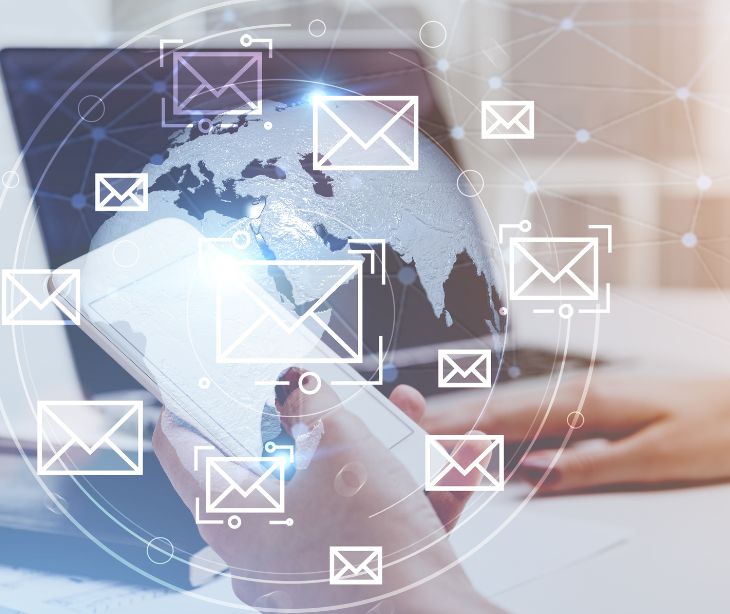
Communications between specific entities within the healthcare sector require HIPAA compliance to protect patient privacy and improve the security of health information. The Privacy Rule (45 CFR Part 160 and Subparts A and E of Part 164) and the Security Rule (45 CFR Part 160 and Subparts A and C of Part 164) are key components of HIPAA that govern these communications.
The lines of communication in healthcare that need to remain HIPAA compliant
- Healthcare provider and patient: Needs HIPAA compliance to protect the privacy of patient information entrusted due to the patient provider relationship.
- Healthcare organizations and business associates: Requires HIPAA compliance to ensure that third parties handling PHI on behalf of healthcare organizations protect it with the same degree of care as the healthcare organization.
- Healthcare providers and insurance companies: Compliance safeguards sensitive patient data while processing claims, billing, and coordination of benefits.
- Healthcare providers and other healthcare providers: For treatment, referrals, and care coordination, patient information can be shared without compromising privacy.
- Internal communications within healthcare organizations: Needs to be HIPAA compliant to prevent unauthorized access to PHI within the organization ie. sharing data outside of the necessary circle of personnel.
- Healthcare organizations and public health authorities: Compliance securely shares health data for public health activities while protecting individual privacy, as required by law for reporting diseases, conditions, and participation in health oversight activities.
See also: Top 10 HIPAA compliant email services
Why HIPAA compliance is required in healthcare communication
Healthcare organizations handle sensitive patient data, such as medical records and payment histories, which could be misused if accessed by unauthorized individuals. HIPAA's Privacy and Security Rules require administrative, physical, and technical measures when handling PHI, such as encryption for electronic communication and limited access to only those who require it.
What does HIPAA compliant communication look like?
Secure Socket Layer (SSL)/Transport Layer Security (TLS) encryption
SSL/TLS protocols encrypt data in transit between web servers and clients, ensuring that any information exchanged over the internet, including PHI, is securely transmitted. Used in web-based applications, email, and patient portals to secure communications and protect against interception.
Application layer encryption
Encrypts data at the application level before it is transmitted over the network, offering an additional layer of security beyond SSL/TLS. Particularly useful in messaging apps, email, and cloud services to ensure end-to-end protection of PHI.
Secure health information protocols
Protocols such as Direct Secure Messaging, which is part of the Direct Project under the Health Information Technology for Economic and Clinical Health (HITECH) Act, provide a secure, encrypted email solution designed specifically for the exchange of health information. This solution enables healthcare providers to send and receive PHI securely to other healthcare entities or patients, ensuring compliance with HIPAA.
Digital signatures
Digital signatures verify the authenticity of electronic documents and messages, ensuring that the sender is genuine and the message has not been altered. They are used in electronic health records (EHR), prescription orders, and any PHI-related communications to ensure integrity and non-repudiation.
Role-based Access Control (RBAC)
Limits access to PHI based on the user's role within the organization, ensuring individuals can access only the information necessary for their job functions. It is implemented in EHR systems, databases, and any system storing PHI to control access based on predefined roles.
Audit controls
Automated systems that log access and actions taken on PHI, providing a detailed record of who accessed what information, when, and for what purpose. Used across all platforms handling PHI, including EHR systems, patient portals, and databases, to monitor and review access and usage, facilitating detection and investigation of unauthorized activities.
Data Loss Prevention (DLP) tools
DLP tools monitor and control data transfers, preventing unauthorized sharing, copying, or printing of PHI. Deployed on network and endpoint devices, email systems, and cloud services to detect and block sensitive information from being leaked or transmitted outside the organization.
Mobile Device Management (MDM)
MDM solutions manage and secure mobile devices healthcare staff use to access or communicate PHI, enforcing encryption, strong passwords, and remote wipe capabilities. This allows organizations to allow the use of smartphones and tablets for accessing PHI, ensuring these devices comply with HIPAA requirements even outside the office environment.
Secure File Transfer Protocol (SFTP)
SFTP provides a secure method for transferring files over a network, using encryption to protect data during transmission. It is used for exchanging large volumes of PHI between healthcare entities, ensuring that file transfers are secure and compliant.
See also: What types of encryption methods encrypt email attachments?
FAQs
What is the HIPAA method of communication?
There is no specific HIPAA method of communication but there are HIPAA compliant methods of communication such as HIPAA compliant email.
What does it mean to be HIPAA compliant?
Being HIPAA compliant means protecting sensitive patient health information from being disclosed without the patient's consent or knowledge.
What is technical security for HIPAA?
Technical security for HIPAA includes measures such as encryption, secure access controls, audit trails, and data transmission security.
Subscribe to Paubox Weekly
Every Friday we'll bring you the most important news from Paubox. Our aim is to make you smarter, faster.




